Why the Historic Pumping Station Was Demolished
Could Michels have saved the building and incorporated it into its $100 million plan?

The MFD High Pressure Pumping Station. Left photo – Audrey Jean Posten, right photo – Jeramey Jannene.
Buried in the good news that Michels is planning to invest $100 million in a five-building complex containing office space, apartments and a hotel, is the unfortunate demolition of the historic pumping station at 2011 S. 1st St.
The 3,895-square-foot building, known officially as the Milwaukee Fire Department High Pressure Pumping Station, had been listed on the National Register of Historic Places since 1981. The structure was built for a cost of $70,145 in 1931, with the specialized equipment inside, led by three 600 horsepower Allis-Chalmers pumps, costing the city an additional $230,000. It was designated historic for the high quality of “municipal engineering and architecture” and the “unique historic elements creating the purpose for which the facility was constructed.”
What was that special purpose? The building was designed to fight fires at a number of nearby factories and warehouses at the north end of the once-industrial Bay View. It replaced a fireboat that could face congestion on the way to a fire from the many area bridges. The structure was connected to 31 special fire hydrants and could quickly pump water directly from the Kinnickinnic River. The historic nomination document notes “Due to the extreme pressure involved, a telegraphic signal system from the hydrants to the High Pressure Pumping Station was necessary to indicate whether more or less water pressure could be handled by firemen manning horses or by other equipment attached to the hydrants.” It was the only such structure ever constructed in Milwaukee.
Horny Goat Brewing operated a brewpub in the space from 2009 until 2015, and during that period the structure appeared quite solid both inside and out. That’s not the condition the Michels Corporation found the building in. During interviews with Urban Milwaukee, Rinka Chung Architecture principal Matt Rinka and Michels vice president Tim Michels both said they encountered water, lots of water, when they entered the building.
“When we walked in there was like four feet of water in the basement, and the entire foundation and the structure were essentially to the point of no return,” said Rinka. Michels said the water was drained from the building, but it kept coming back. Rinka said his firm partnered with structural engineers to study preserving the building, but was ultimately unsuccessful. “Unless you completely rebuilt the building, there was just really no way to save it,” said Rinka.
Michels acquired the site for $3.6 million in April 2017.
Rinka said there is a takeaway from the unfortunate outcome. “That’s a good lesson, we’re preservationists at heart. What I would tell people, when there are buildings like that sitting empty, people need to come in and maintain them. Especially when they’re buildings that old and so close to the water. Had there been a plan to maintain that building it probably would be savable,” said the prominent architect.
One significant downtown building was spared the wrecking ball after sitting vacant for decades because of a focus on basic maintenance. Marcus Corp. shuttered the Warner Grand Theatre in 1995, but ensured a basic level of maintenance to the historic theater and 12-story office building. Now following a massive fundraising effort, the Milwaukee Symphony Orchestra has undertaken an $89 million redevelopment of the theater into a music hall.
“Marcus Corp. has taken very good care of the building. They’ve kept the heat on,” said Alderman Robert Bauman at a May hearing on the project. Another city official noted the belief was that a Marcus employee walked through the building every week.
That apparently didn’t happen with the pumping station following the demise of Horny Goat Brewing.
Michels applied to demolish the building in April, and had nearly completed the job as of yesterday’s press conference announcing its plans for the six-acre site. Because the building was not locally designated as a historic structure, no hearing was required before the Historic Preservation Commission.
For more on Michels’ big plans read our coverage of yesterday’s announcement.
Michels’ Plans
Building Photos
Demolition Photos
If you think stories like this are important, become a member of Urban Milwaukee and help support real independent journalism. Plus you get some cool added benefits, all detailed here.
More about the River One Development
- Michels’ Taxes Will Pay For Skate Park, Street Paving, Public Art - Jeramey Jannene - Dec 21st, 2023
- New Riverfront Restaurant Planned for Harbor District - Jeramey Jannene - Jan 27th, 2022
- Friday Photos: Tribute Apartments Near Completion - Jeramey Jannene - May 14th, 2021
- Friday Photos: River One Rocked by Explosion - Jeramey Jannene - Dec 18th, 2020
- Friday Photos: Apartments Rising Alongside Office Tower at River One - Jeramey Jannene - Jul 10th, 2020
- Friday Photos: River One Rises Over Harbor District - Jeramey Jannene - Mar 20th, 2020
- Plats and Parcels: River One Apartments Construction Starts in March - Jeramey Jannene - Dec 1st, 2019
- Plats and Parcels: Michels Has Hotel Partner for $100 Million Development - Jeramey Jannene - Sep 22nd, 2019
- Friday Photos: Michels Corp. Begins Work on River One - Jeramey Jannene - Feb 8th, 2019
- Eyes on Milwaukee: Huge Michels Deal Gets No Direct Subsidy - Jeramey Jannene - Dec 18th, 2018
Read more about River One Development here
Eyes on Milwaukee
-
Church, Cupid Partner On Affordable Housing
 Dec 4th, 2023 by Jeramey Jannene
Dec 4th, 2023 by Jeramey Jannene
-
Downtown Building Sells For Nearly Twice Its Assessed Value
 Nov 12th, 2023 by Jeramey Jannene
Nov 12th, 2023 by Jeramey Jannene
-
Immigration Office Moving To 310W Building
 Oct 25th, 2023 by Jeramey Jannene
Oct 25th, 2023 by Jeramey Jannene


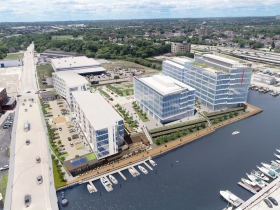
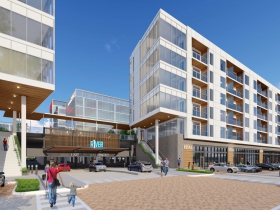

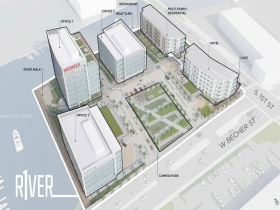
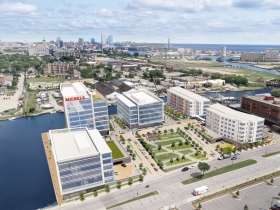

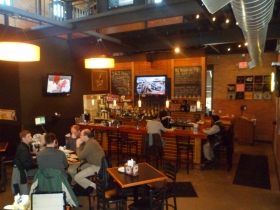
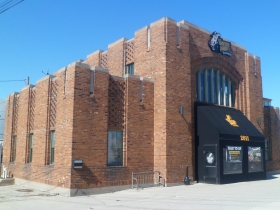
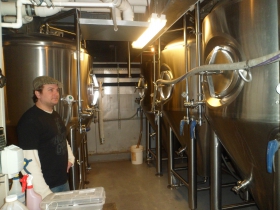
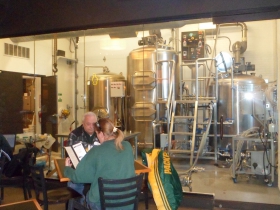
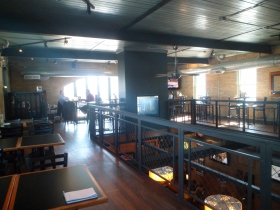
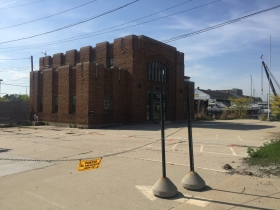

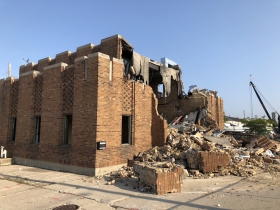
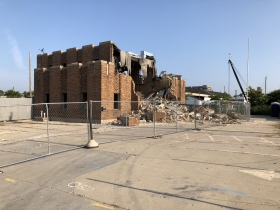




















Thanks for this article.
I appreciate the additional information about the state of the pumping station prior to its demise.
The city is certainly better off with well-informed residents, whether or not the value of new development trumps historic preservation.